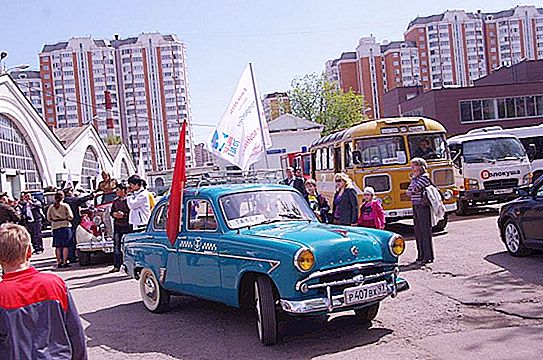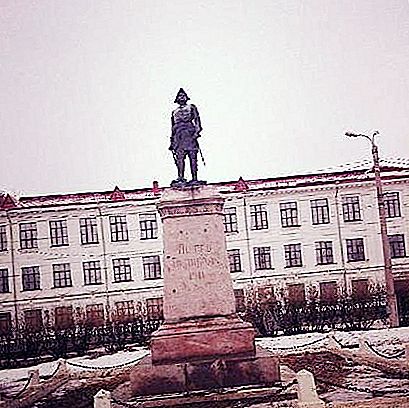The tiger is a large mammal of the cat family. Of terrestrial predators in size, it is second only to white and brown bears. With him are associated strength, speed, power.
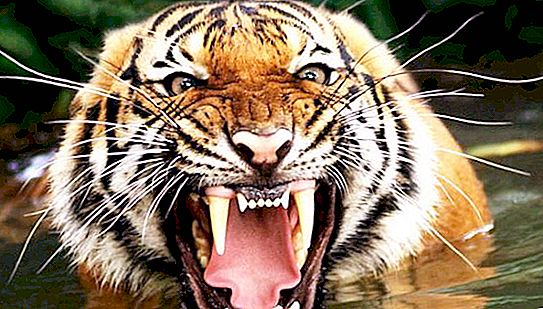
Among the six subspecies of this animal that remained in wildlife, there is no one about which it could be said that it is an “Asian tiger”. Although Amur and Bengal, Indochinese and Malay, Sumatran and Chinese, in principle, are large Asian cats.
Good name
To which particular species or phenomenon does the common term apply and, in general, what are called “Asian tigers”? It is clear that the designated objects are located in Asia. Tigers are countries. The economy of four states - Hong Kong, Singapore, Taiwan and South Korea - made such a powerful breakthrough in its development from the 60s to the 90s of the last century that each of the above countries received an unofficial name in the world media - “Asian tiger”. They are also called "East Asian tigers", or "four Asian little dragons."
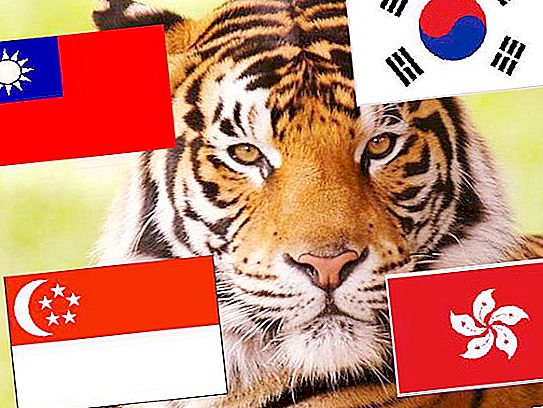
And the comparison of growing economies with tigers has taken root so much that there are still “four new Asian tigers” - Indonesia, the Philippines, Thailand and Malaysia, which have been developing very successfully in recent years. “Celtic tiger” denoted the growing economy of Ireland, “Balkan” - Serbia, “Tatra” - Slovakia, “Latin American” - Chile. There was even the term “Baltic tiger”, but disappeared somewhere.
The main asset
The legendary “Asian tigers” (first wave countries) had many common features in their economic policies. Firstly, outstanding leaders were in power. Thanks to their common sense, a wise strategy dictated by the geography, history and foreign policy of these countries was chosen. Secondly, all the “Asian tigers” (countries Singapore, Taiwan, South Korea and Hong Kong) are deprived of minerals. But it so happened historically that their main trump card, which made it possible to make an unprecedented leap in the economy, has been and remains for centuries forged by traditional Confucian education and hardened by hard work in rice fields, cheap and incredibly disciplined workforce. This phenomenon was called the "Far Eastern character", the main features of which are: industriousness, obedience, an incredible cult of education and social advancement, orientation to family values was also important.
A distinctive feature of foreign policy
The countries referred to as the “Asian tigers” of the first wave had some more common features. Authoritarian regimes were in power, and the state intervened very actively in the economy, although in Hong Kong capitalism was closer to the liberal ideal.
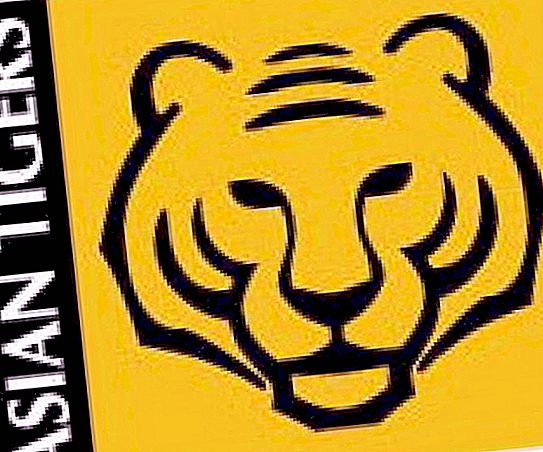
It should be noted that the “economic miracle” was greatly facilitated by the active, ardent, militant anti-Soviet policies of these countries. In return, the West provided them with comprehensive financial and technological assistance.
Features of the Taiwan economy
These were common features common to states known as Asian tigers. The countries listed above had, of course, significant differences in their development. For example, Taiwan relied on the predominant development of small and medium-sized businesses, whose products with the label "Made in Taiwan" captivated the world. Geographically, it is an island in the Pacific Ocean, located 150 km from the eastern part of China. In economic and political terms, it is a partially recognized state - the Republic of China. It is she who is meant by the name "small Asian tiger" (Taiwan).
Founding father
An interesting fact is that the successful leader of Taiwan, who was elected for two terms - Jiang Jingguo, in which the economic breakthrough happened, was more than a remarkable personality. The son of Chiang Kai-shek, went to study in Moscow, lived with the older sister of V.I. Lenin, Anna Ilyinichna Ulyanova-Elizarova, and even took her surname - Elizarov.
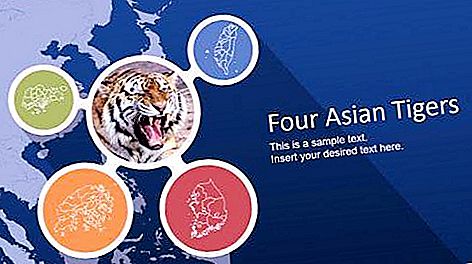
Jiang Jinggo was the chairman of a collective farm near Moscow and worked for Uralmash, which did not stop him from returning to his homeland and heading the Taiwan government to brutally suppress pro-communist speeches. The annual GDP growth during the 60-90s with it was 6.7%.
The driving force behind the Taiwanese economy
Relying on cheap labor, many Western companies have relocated their businesses to countries designated as “Asian tigers.” Taiwan was one of them. For almost 40 years, the engine of the economy has been foreign trade, 98% of which was manufactured goods. This country has established trade relations with 60 countries. Taiwan lacked its own energy; up to 98% was exported to the country. Now 3 nuclear power plants have been built there, which provide more than 20% of national consumption and put the country in 15th place among the states that use nuclear energy. Not everything was smooth on the path of accelerated development.
Blessed years
In the 50s, the United States provided the island state with strong financial support (30% of all investments in the country). First, the government headed for import substitution, which gave a strong impetus to the development of the industrial sector. Then, after saturation of the domestic market, the country's economy began to turn in the direction of expanding exports.

Emerging in the country export-industrial zones (the first - Kaohsiung) contributed to the improvement of scientific and technical potential.
Survived the crisis
Within the life of one generation, Taiwan was born and incredibly mature. The country survived in the difficult 70s for it, when it was expelled from the UN and was in international isolation, as the United States completely cooled towards it. However, the government carried out 10 projects in the field of industry, transport and nuclear energy, which allowed the development of a heavy industry. Even the Asian crisis of 1997 had little to do with Taiwan. The symbol of the economic miracle in this country is the Taipei 101 skyscraper, the second tallest building in the world.
Singapore - Asian Diamond
Another country of the four - Singapore - the "Asian tiger." It is believed that nobody will succeed in repeating the “economic miracle” of this island nation (63 islands) for another 50 years. The father of the “miracle” is considered to be the recently deceased Lee Kuan Y. Largely thanks to his policies, a country that does not even have its own drinking water is now a state with the best education, taxation and health systems. This is a state of banks, unprecedented skyscrapers and magnificent highways.
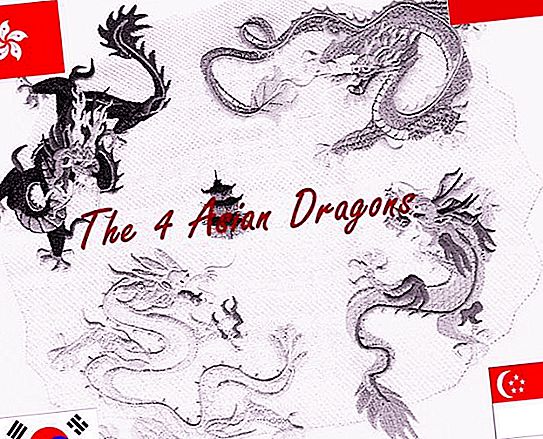
One of the first steps of a brilliant lawyer was a fierce fight against corruption, despite the fact that it is a feature of the Asian lifestyle. In this fight, he won. From the very beginning, the government took a course towards improving the quality of life, one of the main goals in this direction was to provide each Singaporean with their own housing. The father of the nation died in the spring of 2015, he reigned supreme over the country for over 30 years. They said goodbye to him for a week, grateful residents of the country defended 8-hour lines.
Member of the Big Twenty
Other “Asian tigers” include South Korea and Hong Kong. The father-transformer of the first of these countries is Park Chun Hee, who came to power in 1961 as a result of a military coup. The peculiarity of the economic leap in South Korea is the initial orientation towards the creation of large multidisciplinary family holdings "chaebol". It was a copy of the pre-war policy of imperial Japan. The state not only unceremoniously invaded business - it was under complete control.
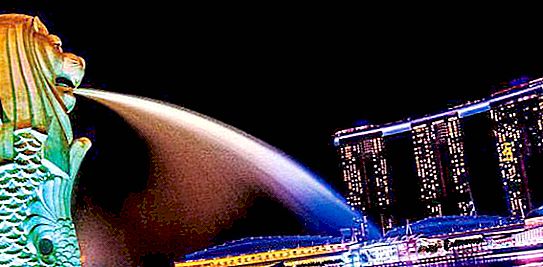
Park Jung Hee personally selected several companies in various sectors of the economy and made a bet on them, giving them unprecedented state support, for which he skillfully attracted huge foreign investments. The economy of this Asian country is one of the largest in the world. The disinterestedness of the general became a legend. A fighter against corruption, he demanded that the "chaebol" leadership fully and unconditionally submit to the interests of the state. And these family holdings have become world famous brands such as Samsung, LG, Daewoo, Hyundai, KIA and others. When the G20 was created in 1999, South Korea entered by right.


